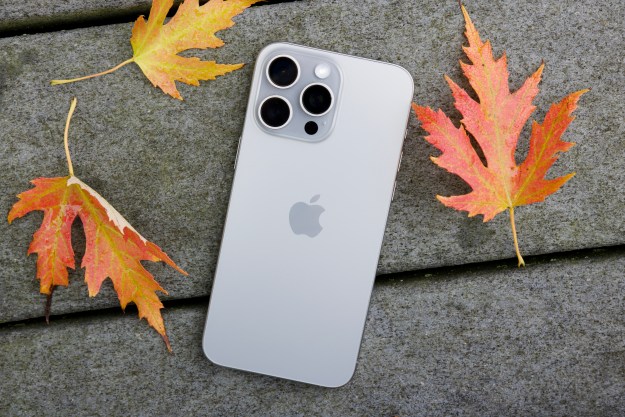Amazon’s annual Prime Day deals are almost here, and if you’ve been thinking of using this opportunity to pick up an iPad among Prime Day Apple deals, you’re in luck. The iPad is already at the top of our best tablets list, and Apple’s lineup is in better shape this year than ever. There are excellent choices across the board suitable for budgets of all shapes and sizes, and finding the best Prime Day iPad deals could bring the iPad you want even more within your reach.
Of course, Prime Day tablet deals can go pretty fast, so it helps to be prepared in advance, so you’ll know which is the best iPad to get on this year’s Prime Day.
Which iPad should you buy on Prime Day 2022?
iPad Air (2022)
During last year’s Prime Day, we said Apple’s 2020 iPad Air was the best value you could get, and we’re doubling down on that recommendation this year with Apple’s recently released fifth-generation iPad Air. This latest model takes everything great about its predecessor and dials it up to 11, narrowing the gap even more between Apple’s mid-range and high-end iPads.
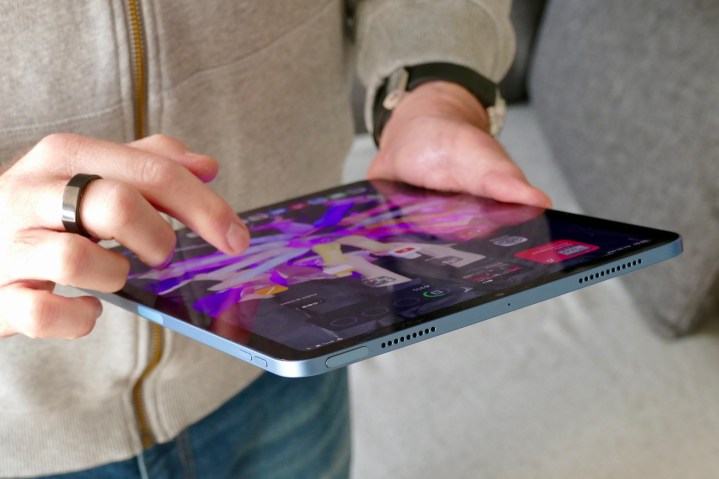
It’s not the most affordable tablet out there, but the iPad Air offers the best bang for your buck. It now packs in the same Apple M1 chip found in the iPad Pro, plus an edge-to-edge Liquid Retina display, Touch ID side button, and a USB-C connector. You also get 5G connectivity if you opt for the Wi-Fi with cellular model.
The 2022 iPad Air is also compatible with all the same accessories like Apple’s Magic Keyboard and the second-generation Apple Pencil. It also sports the same 12-megapixel quality of the front and rear cameras. The only thing you’re giving up over the more expensive iPad Pro is Face ID, four-speaker audio, the LiDAR-equipped dual-lens rear camera system, and the 120Hz variable-refresh rate ProMotion display. These are all great features for pros, but most tablet users likely won’t miss them.
Just be aware that the base model iPad Air still comes with a somewhat paltry 64GB of storage, which likely won’t be enough for anything more than very casual use. You’ll typically pay a $150 premium to jump to the 256GB model, but with many Prime Day iPad deals on now, it’s an excellent time to find a better price on that upgrade. It’s very much worth it if you plan to hold onto this tablet for a while, which you should because Apple will likely support it with iPadOS updates well into 2027.
Apple iPad (2021)
Don’t let the older design fool you into thinking that Apple’s 2021 iPad isn’t worth a look. While it doesn’t have the nicer squared-edge design and edge-to-edge display of Apple’s more expensive tablets, it’s still a solid choice for more casual tablet users.
Featuring the same A13 chip used in Apple’s iPhone 11 lineup, the 2021 ninth-generation iPad is no slouch in performance. It can handle the latest games, and the 10.2-inch LCD screen offers the same brightness, sharpness, and clarity as Apple’s more expensive iPad Air. It even supports Apple’s True Tone technology for unsurpassed color accuracy.
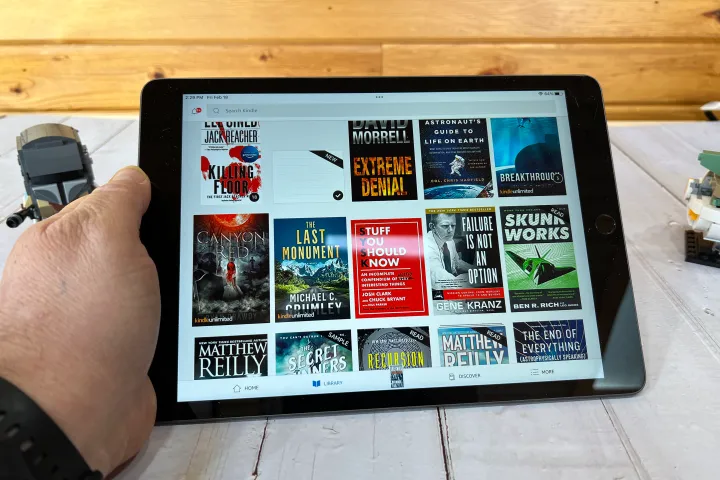
The 12-megapixel ultrawide front camera is identical to the one in the iPad Air and supports Apple’s Center Stage feature, making it well-suited for FaceTime and Zoom calls. The rear camera is less impressive, but most people aren’t buying an affordable tablet to take great photos.
With its older design, the entry-level iPad also still uses Apple’s Lightning connector. That’s not a problem if you also own an iPhone, but it’s notably the only iPad that hasn’t made the switch to USB-C. It’s also not compatible with the newest iPad accessories, although since this classic design has been used for years, you can find a wealth of Bluetooth keyboards and cases for it at much more affordable prices.
You’ll also be limited to 4G speeds on the Wi-Fi with cellular model, as Apple hasn’t stepped this one up to 5G. However, we don’t recommend opting for cellular on this one; if you’re willing to spend more than the base asking price, you’re far better off going for the 256GB upgrade, which is less expensive than opting for the 64GB Wi-Fi with cellular version.
11-inch iPad Pro (2021)
If money is no object, then Apple’s iPad Pro is the one to buy. The 11-inch model offers all the bells and whistles a serious tablet owner needs — at a price to match.
The M1 chip inside delivers the same performance as Apple’s 2020 MacBook lineup. The USB-C port also supports Thunderbolt and USB 4 for high-speed data transfers, and the 120Hz ProMotion display is buttery smooth for gaming, scrolling, and drawing with an Apple Pencil. The Wi-Fi and cellular model also offers 5G with mmWave support, although this won’t matter much unless you live or work in a densely populated city center where those ultra-fast speeds are available.

While you probably don’t need to spring for the 1TB or 2TB versions, we’d recommend stepping up from the 128GB base model to at least 256GB if you can afford it. That 128GB will fill up quickly if you’re using the iPad Pro to its full potential.
12.9-inch iPad Pro (2021)
If you’re in the target audience for Apple’s largest 12.9-inch iPad Pro, you probably don’t need us to tell you why you should consider it. However, for those on the fence, it’s worth pointing out that there’s more to this larger iPad Pro than just the bigger screen.
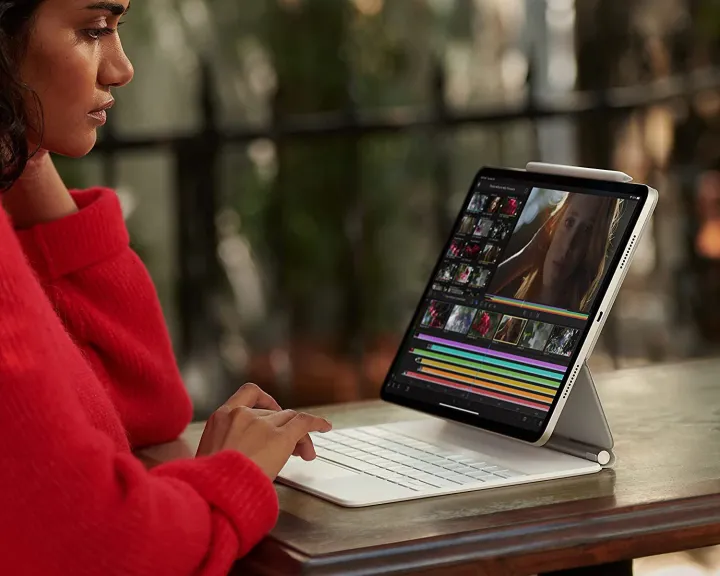
With the latest 2021 iPad Pro lineup, Apple set the 12.9-inch model apart by incorporating a new Liquid Retina XDR display that supports high dynamic range (HDR) video content at peak brightness levels well above what any other iPad can deliver. This resulted from Apple’s shift to a mini-LED backlighting system that provides a contrast ratio to rival the best OLED screens.
Combined with the larger screen, this offers a great canvas for artists, photographers, and cinematographers to do their best work. However, it’s also an excellent choice for anybody who wants the largest screen possible, especially if you’re planning on using an iPad Pro as a laptop replacement — which is about where it fits in when you consider that it normally costs nearly as much as a MacBook Air.
iPad Mini (2021)
With an 8.3-inch screen, Apple’s smallest iPad sits in a category of its own. If you’re seriously considering an iPad Mini, you’ve probably already ruled out Apple’s larger iPads. However, if you’re undecided and fear the smaller size means a less powerful tablet, you’ll be surprised to learn that the iPad Mini is nearly on par with Apple’s latest iPad Air.
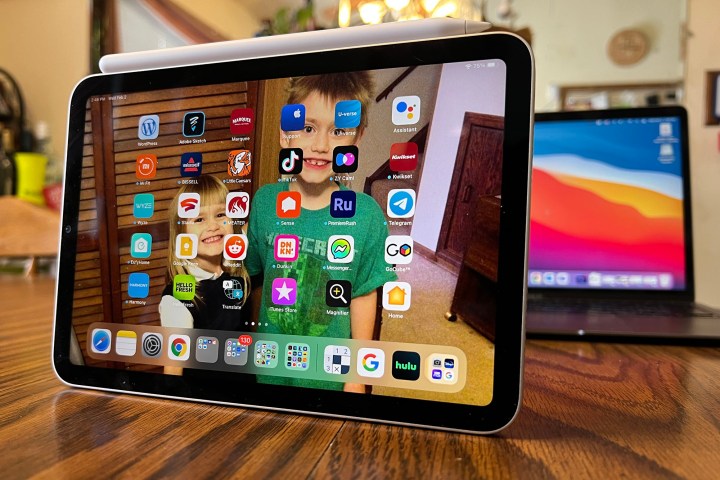
Besides the size, the processor is the only significant difference between the 2022 iPad Air and the 2021 iPad Mini. While Apple brought the iPad Air into its M1 family this year, the iPad Mini still uses the A15 chip. That’s the same chip used in the iPhone 13, so it’s plenty fast.
Beyond that, the specs are virtually identical in every way but the size — same screen quality, same camera systems on both the front and the back, same 5G connectivity, same USB-C connector, and the list goes on. The iPad Mini even has one thing its more expensive sibling lacks: a quad-LED flash for the rear camera.
This all comes in a package that’s both smaller and more affordable. The iPad Mini starts at a 64GB version, which may even be enough depending on how you plan to use it. It’s certainly plenty of space for reading books and taking notes, but if you plan to store a lot of photos or videos, you’ll want to opt for the 256GB upgrade.
Editors' Recommendations
- Apple is about to do the unthinkable to its iPads
- 5 phones you should buy instead of the iPhone 15
- Apple accidentally revealed a big iPad Pro display upgrade
- 10 reasons you should buy an iPhone in 2024
- Apple’s new iPad Pro and iPad Air just got delayed


